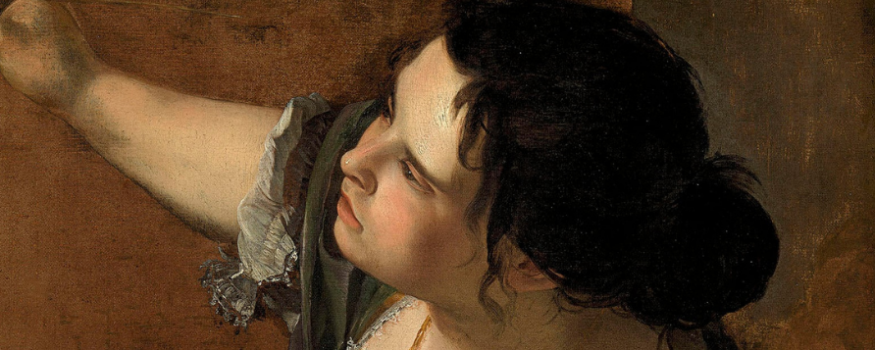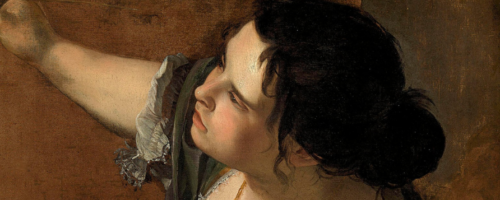Royal Collection Trust / © His Majesty King Charles III 2023
A rare surviving painting by Artemisia Gentileschi, the greatest female artist of her generation, has been rediscovered in the Royal Collection after being misattributed at least two centuries ago.
The rediscovered painting, Susanna and the Elders, forms a significant addition to Artemisia’s extant body of work and sheds fresh light on her creative process and her time in London in the late 1630s, working alongside her father at the court of Charles I and Henrietta Maria.
Following extensive conservation, the painting has gone on display for visitors to Windsor Castle. Shown alongside it are Self-Portrait as the Allegory of Painting (‘La Pittura’), considered one of Artemisia’s greatest works, and Joseph and Potiphar’s Wife by her father Orazio Gentileschi, painted during his time in London. The three paintings form a new temporary display in the Queen’s Drawing Room, taking their place alongside other Stuart masterpieces in the Royal Collection.
Anna Reynolds, Deputy Surveyor of The King’s Pictures said, “We are so excited to announce the rediscovery of this important work by Artemisia Gentileschi. Artemisia was a strong, dynamic and exceptionally talented artist whose female subjects – including Susanna – look at you from their canvases with the same determination to make their voices heard that Artemisia showed in the male-dominated art world of the 17th century.”
The painting’s history can be traced in a remarkably unbroken line, with records found in every century since its creation. It was commissioned by Henrietta Maria, probably around 1638–9, during Artemisia’s brief time in London when she was likely assisting her elderly father in his work. The 1639 inventory by Abraham van der Doort, Surveyor of The King’s Pictures to Charles I, shows that the painting originally hung above a fireplace in the Queen’s Withdrawing Chamber at Whitehall Palace – a relatively private room used by Henrietta Maria for receiving small numbers of officials, eating and relaxing.
Since its rediscovery, the painting has undergone significant treatment by Royal Collection Trust conservators. Work included the painstaking removal of centuries of surface dirt, discoloured varnish and non-original paint layers to reveal the original composition; removing canvas strips that were added to enlarge the painting sometime after its creation; relining the canvas; retouching old damages; and commissioning a new frame.
Click here to find out more about this display.










